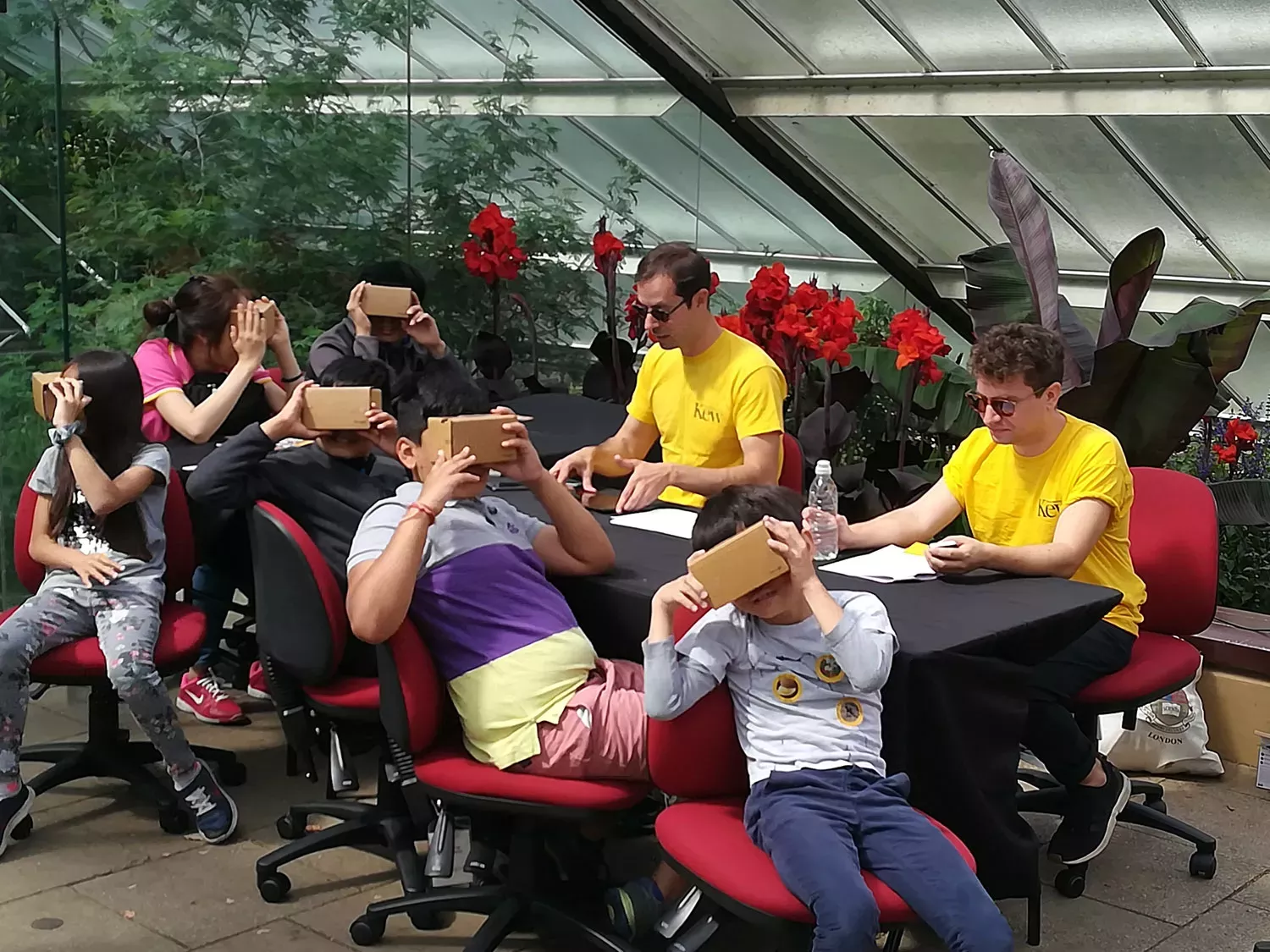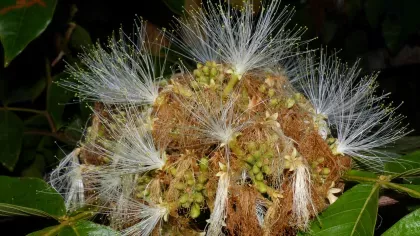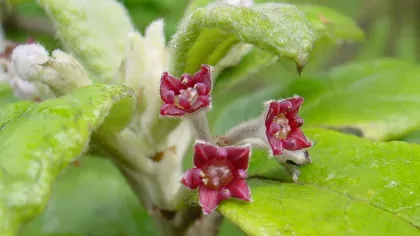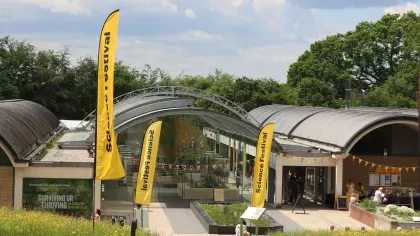29 July 2019
Summer, science and suspicious scents
As the lingering waft of overly ripe durian fruit dissipates across the Gardens, Plant Assessor Jack Plummer takes a fond look back on his first Science Festival at Kew.

This year Kew Science Festival entered its fourth edition. Nearly 20,000 visitors descended upon the Gardens, welcomed by more than 250 staff and volunteers.
The stage was set for a fun-filled and educational weekend. And quite the stage: the lawns of the Princess of Wales Conservatory and the Jodrell Laboratory vibrant with multicoloured tent-tops, pop-up exhibitions and brightly-fashioned scientists. Children and adults alike were spoilt for choice by the amazing diversity of activities on offer, including hands-on experiences, experiments, performances, interactive talks and behind-the-scenes tours, all showcasing our passion for plants and fungi.
Red Alert!
I was stationed on the Red Alert stand, sharing the work undertaken by the Plant Assessment Unit in evaluating extinction risk. Even within the immediate radius of our tent, it was remarkable to see the variety of ways in which science was being communicated, from giant board games to virtual collection tours, from panel discussions to the intermittent boom of a ‘seed cannon’. Adding a touch of colour to our conversations were a Coffea arabica plant, an ornamental Streptocarpus, a Critically Endangered Pelargonium and a durian fruit – the smelliest fruit in the world!
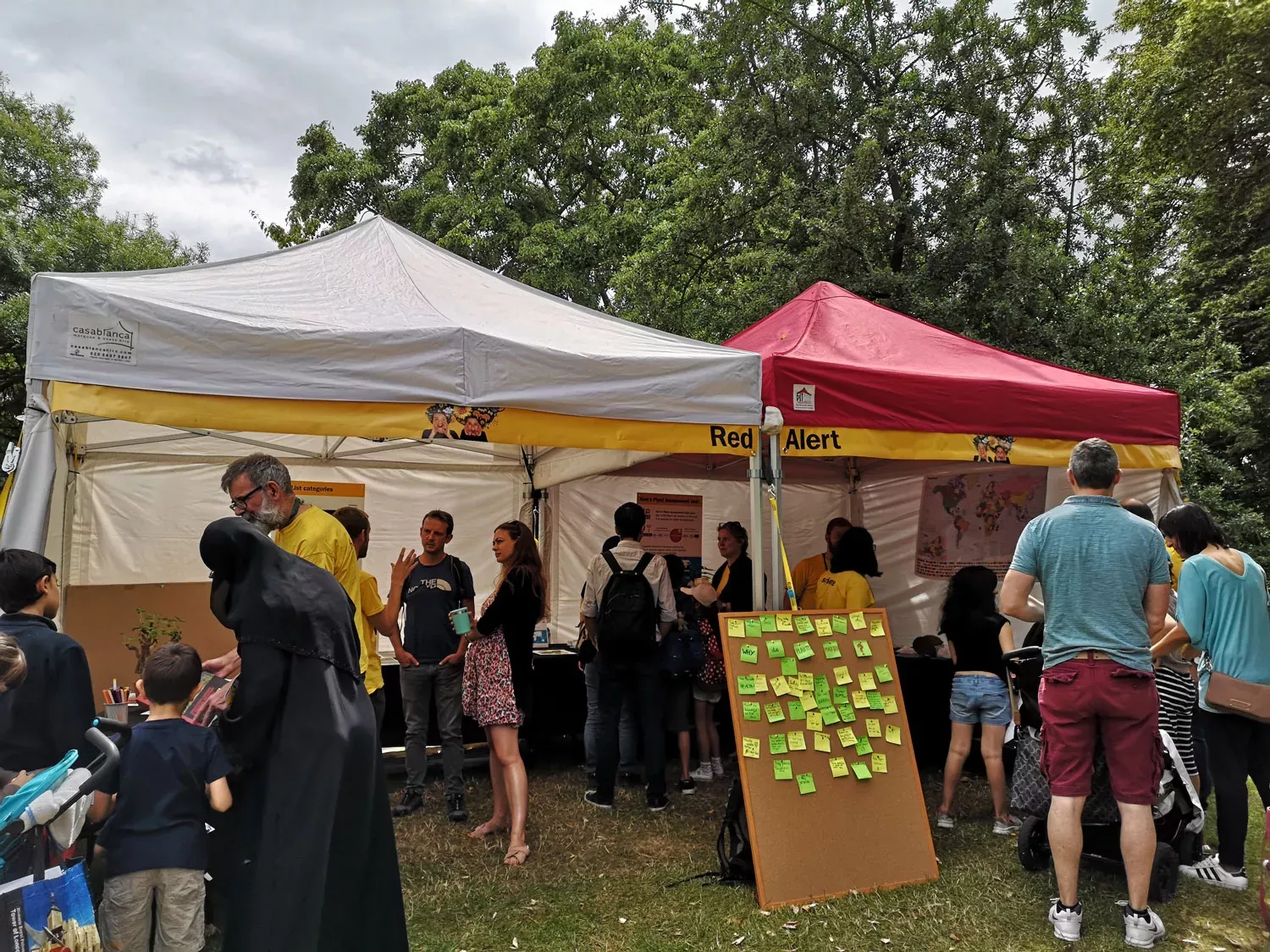
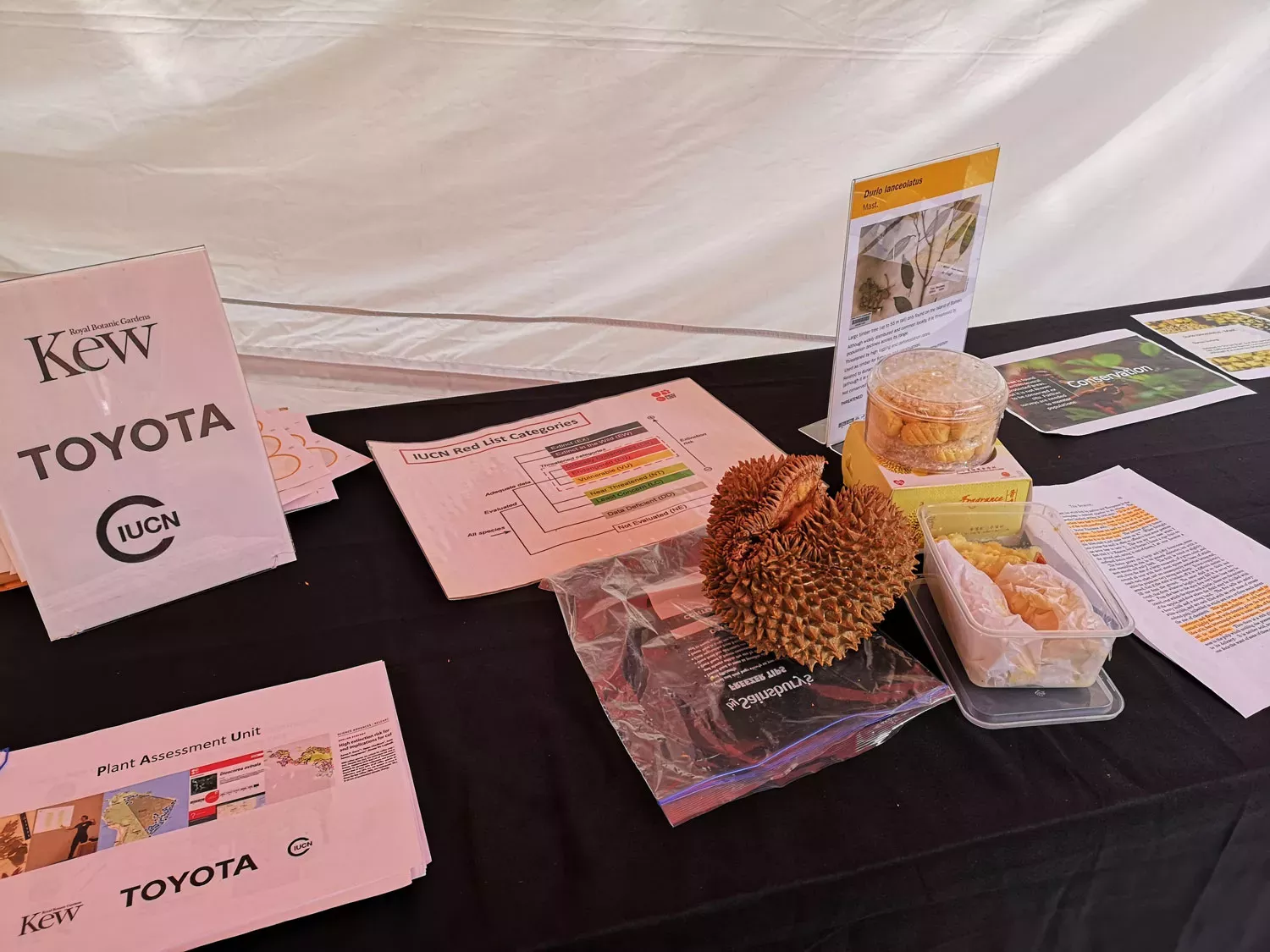
Usually, seven hours of talking would seem a daunting prospect, especially if such conversation were one-sided. Instead, interactions were dynamic and energy levels infectious. After discussing the useful plants and rare and threatened species on display, as well as major threats in action and Kew’s work in Tropically Important Plant Areas, we asked visitors ‘Why do plants matter?’.
It was not a question that anyone had difficulty answering. A wide range of ecosystem services were exuberantly offered as solutions. It was especially heartening that many went further and appended their answer with a statement along the lines of ‘and that is why we mustn’t let them go extinct’. Red Alert heeded!
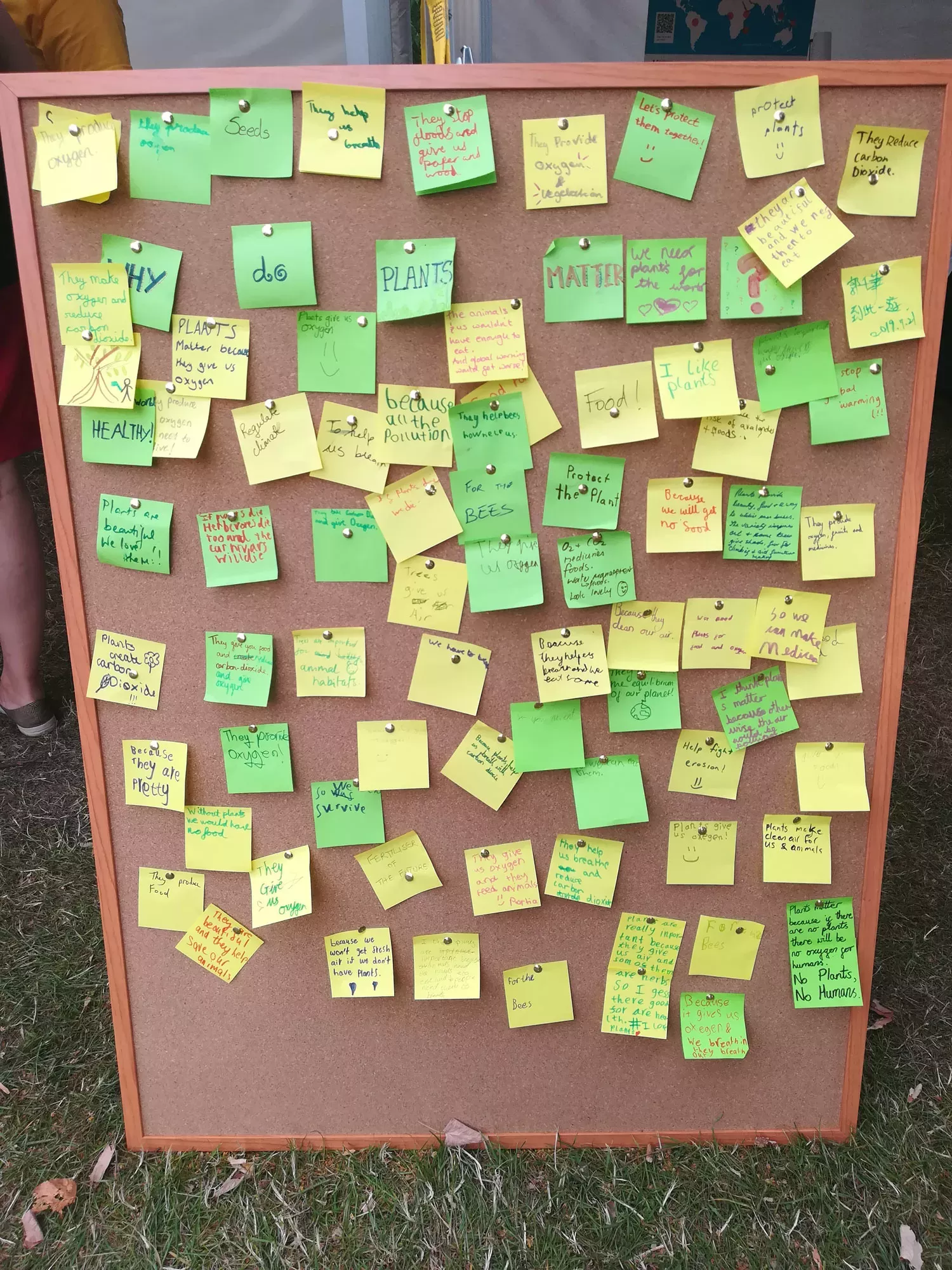
‘I want to learn’
The audience at the Science Festival was impressively diverse, spanning a huge age range and hailing from all corners of the globe, brought together by a shared desire to learn. This was really encouraging as, arguably, there has never been a more important time to be engaged with science and the world around us. One thing the Science Festival taught me is that the next generation are already highly conscientious (most young people knew all about the problem of palm oil), eager to be proactive and hungry to discover more.
On the Sunday afternoon I was approached by an avid young sticker collector on the hunt for the final addition to her collection. After learning about the durian fruit and the plight of its wild relative in Borneo, she bravely took a lungful of its festering fragrance, made a suitably contorted face, and then regained her composure ready for her reward. Unfortunately, owing to the ‘popularity’ of the durian, we had run out of stickers. Visibly crestfallen, I was expecting her to dash off to another tent to complete her quest; instead, after a moment’s pause, she said: “It’s ok, I don’t really need the sticker. I want to learn”. Five minutes later, she left stickerless but I overheard her enthusiastically telling her mum about a super rare type of coffee on Madagascar with massive beans (Coffea ambongensis) and a tiny island near Africa (St. Helena) where goats and rabbits are eating all the plants.
Science in the spotlight
From the haunting soundtrack provided by Fiona the Fungus to the refreshment of liquid nitrogen ice cream to the aroma of our friendly durian, Kew’s fourth year of the Science Festival was an affront to the senses in the best possible way. The combination of passionate scientists, incredible activities and an attentive audience provided a perfect platform to communicate the science we do and to raise the profile of rare and threatened plant and fungal species. I left feeling proud to have been part of the festival and optimistic that our message is being heard. My only regret is that I was too busy channelling my inner scientist to try out the full suite of activities myself!
